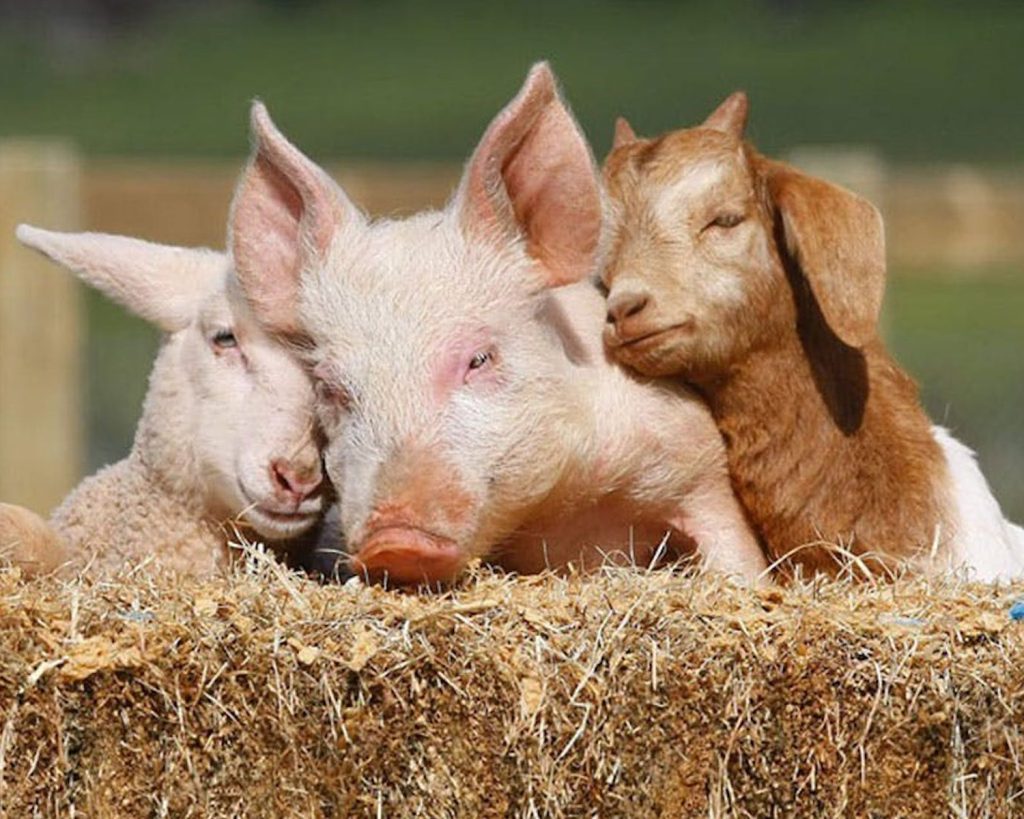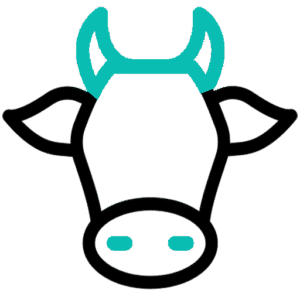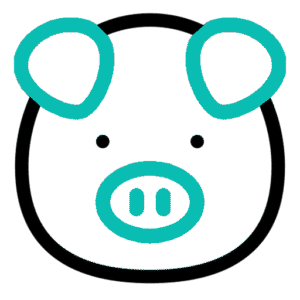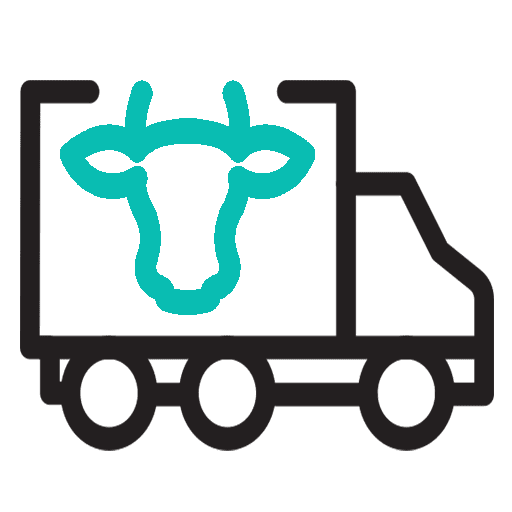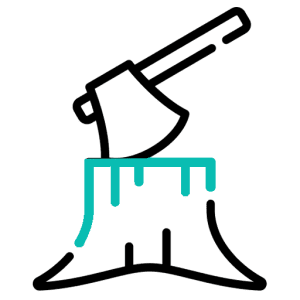Factory farming practices subject billions of animals to highly industrialized conditions, prioritizing efficiency and profit over welfare. Cattle, pigs, poultry, and other farmed animals are often confined in cramped spaces, deprived of natural behaviors, and subjected to intensive feeding regimens and rapid growth protocols. These conditions frequently lead to physical injuries, chronic stress, and a range of health problems, illustrating the profound ethical concerns inherent in industrial agriculture.
Beyond animal suffering, factory farming has serious environmental and societal repercussions. High-density livestock operations contribute significantly to water contamination, air pollution, and greenhouse gas emissions, while also straining natural resources and impacting rural communities. The routine use of antibiotics to prevent disease in overcrowded conditions raises further public health challenges, including antibiotic resistance.
Addressing the harms of factory farming practices requires systemic reform, informed policy-making, and conscious consumer choices. Policy interventions, corporate accountability, and consumer choices—such as supporting regenerative farming or plant-based alternatives—can mitigate the harms associated with industrialized animal agriculture. Recognizing the realities of factory farming practices is a crucial step toward building a more humane, sustainable, and responsible food system for both animals and humans.
Beneath the surface of holiday feasts and supermarket shelves lies a troubling truth about turkey farming. These sentient, social animals are subjected to overcrowded conditions, painful procedures, and health problems caused by rapid growth—all for the sake of efficiency and profit. From their hatching in industrial facilities to their final moments in slaughterhouses, turkeys endure immense suffering that often goes unnoticed. This article exposes the harsh realities of factory farming, examining its ethical implications, environmental toll, and health concerns while encouraging more humane choices that prioritise compassion over convenience













